While in Michigan recently, I paid a visit to two new and strikingly different museums, both designed by well known architects: the Broad Museum by Zaha Hadid at Michigan State University, and the University of Michigan Art Museum by Allied Works. After visiting both, it reminded me why it’s important for architects to find opportunities for work that are sympathetic to what they do.
Located on a primary thoroughfare that runs by the campus, the Broad Museum is relatively small and it sits on its site as a pristine object, almost as a piece of sculpture would — like a really big Calder. The buildings around it are traditional campus buildings and the Broad creates a stark contrast to all of its neighbors. It’s a very constrained site, so it could probably never grow. It will likely always be the object it is.
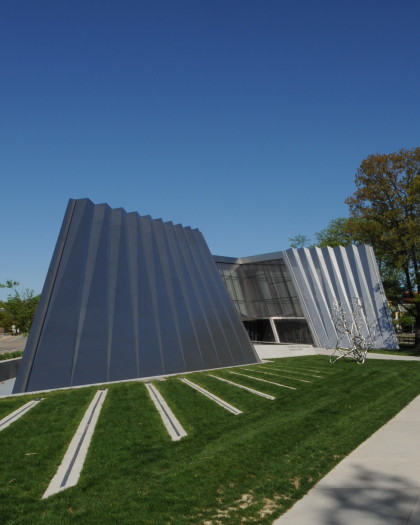
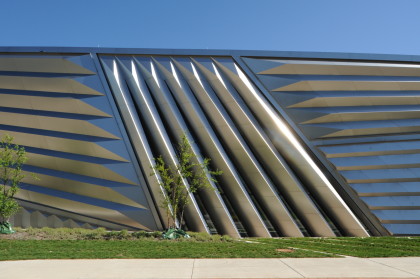
As one would expect of a Hadid project, it’s a very aggressive design– angular and full of drama. It is totally “in your face”, and this seems about right for this type of museum which is all about “in your face” contemporary art.
Inside, one of the galleries is long and thin, with a mix of light and dark spaces that would certainly not readily accommodate a pre-conceived show very well because the space is so particular. The piece that is in there is gorgeous–a really long, thin assemblage of denture-making materials that is just perfect in its spot. It was clearly made for its location and allowed the artist to play off of the eccentricity of the space. The architecture seems to be leading and the art within is reacting. Hadid’s work is good for that: her buildings are strong and demanding and the artist is responding well.
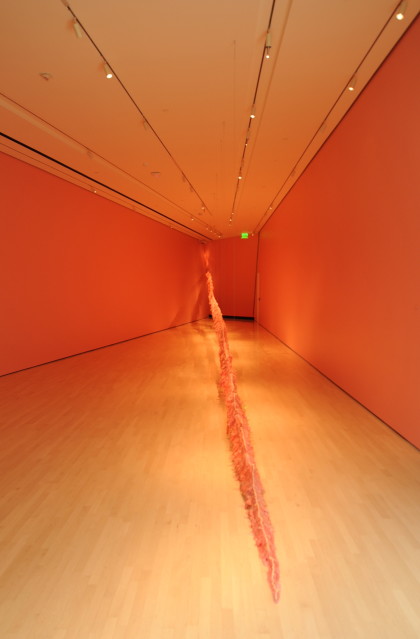
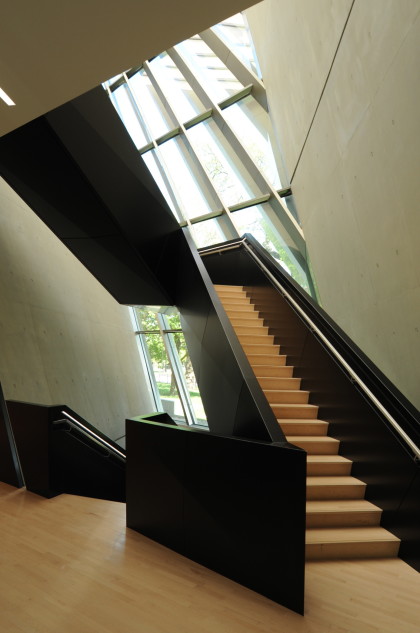
There are few neutral zones in the building so art needs to be commissioned and made specifically for the spaces to really work. I think it would be difficult to show anything but contemporary art there. A conventional exhibit might be lost or overwhelmed. This is a museum that’s meant to provoke a response, and it is one kind of legitimate museum architecture.
At the University of Michigan, it’s an entirely different experience in the substantial recent addition to a large pre-existing museum building. This distinguished institution has an extraordinary established collection full of history and tradition. Here the architecture, designed by Allied Works, needs to give way to the collection. The architecture is orderly and quiet, and the art, which is beautifully displayed in light-controlled spaces, is resonant. The architecture is respectful of the art and is often deferential to it. The extraordinary art collection that represents centuries of values and ideas is not about to change itself and accommodate the building.
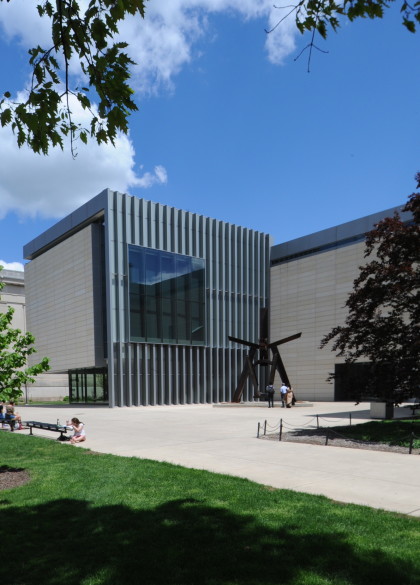
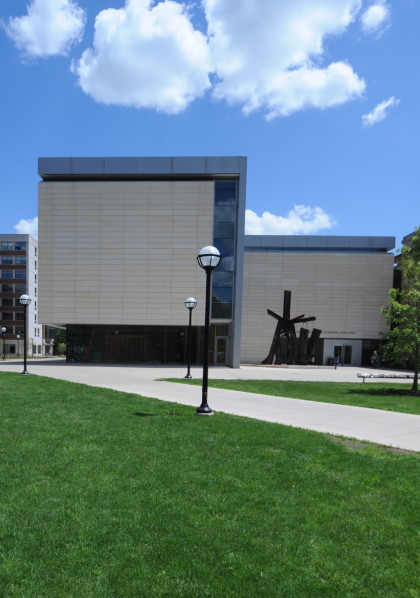
I have great respect for this building. It is an elegant, impeccably detailed enhancement to a splendid university campus. It fits into the context of the existing building and the larger campus gracefully, but without being cloying or invisible. It has a real presence; it is certainly not egocentric or just about itself. It acknowledges beautifully both the world around it and within it.
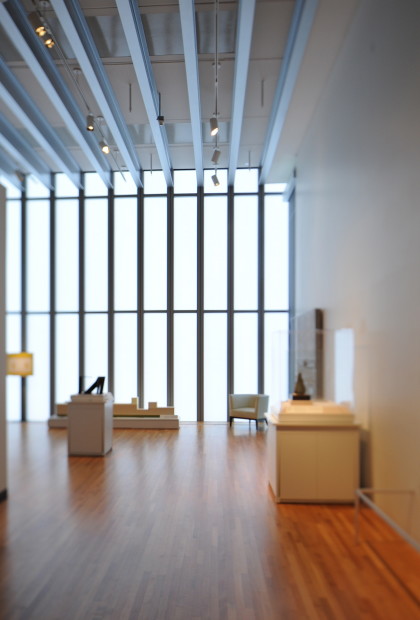
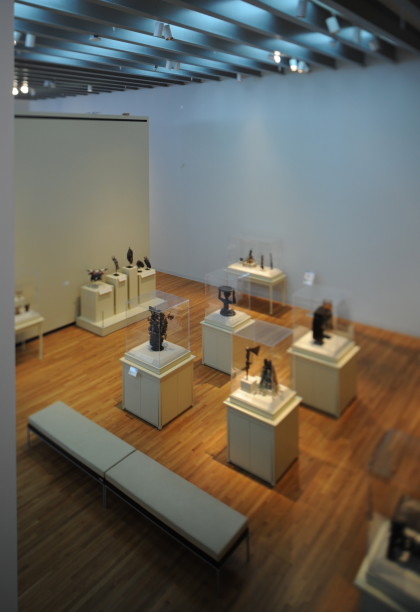
I am delighted that the people at Michigan State understood that what they were doing was creating a provocative event that artists could play off of and respond to. They got the right architect for that task.
I am also glad the people at University of Michigan comprehended the value of their campus context and their distinguished art collection and got an architect who would respect that and make a strong building that had the confidence to support a larger and longstanding enterprise. They got the right architect for that as well.
I have been on a number of architect selection committees where the institutions did not understand the importance of finding an architect whose work would be sympathetic to their organization’s mission and values. It is not just important to get good architecture, but it is also important to get the right architect.